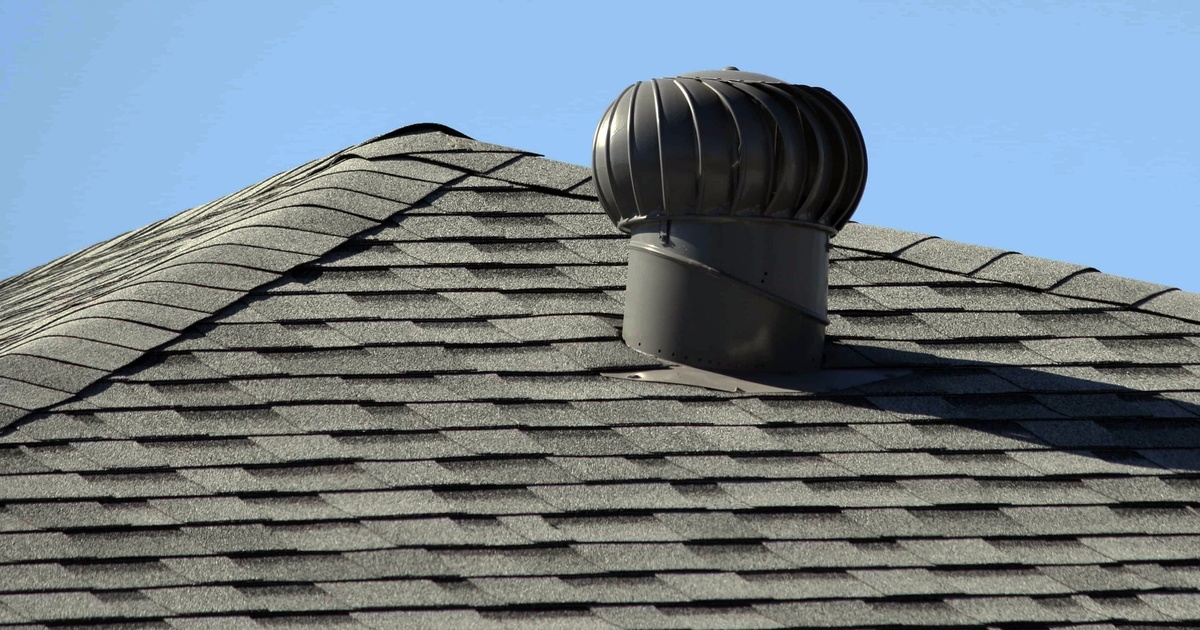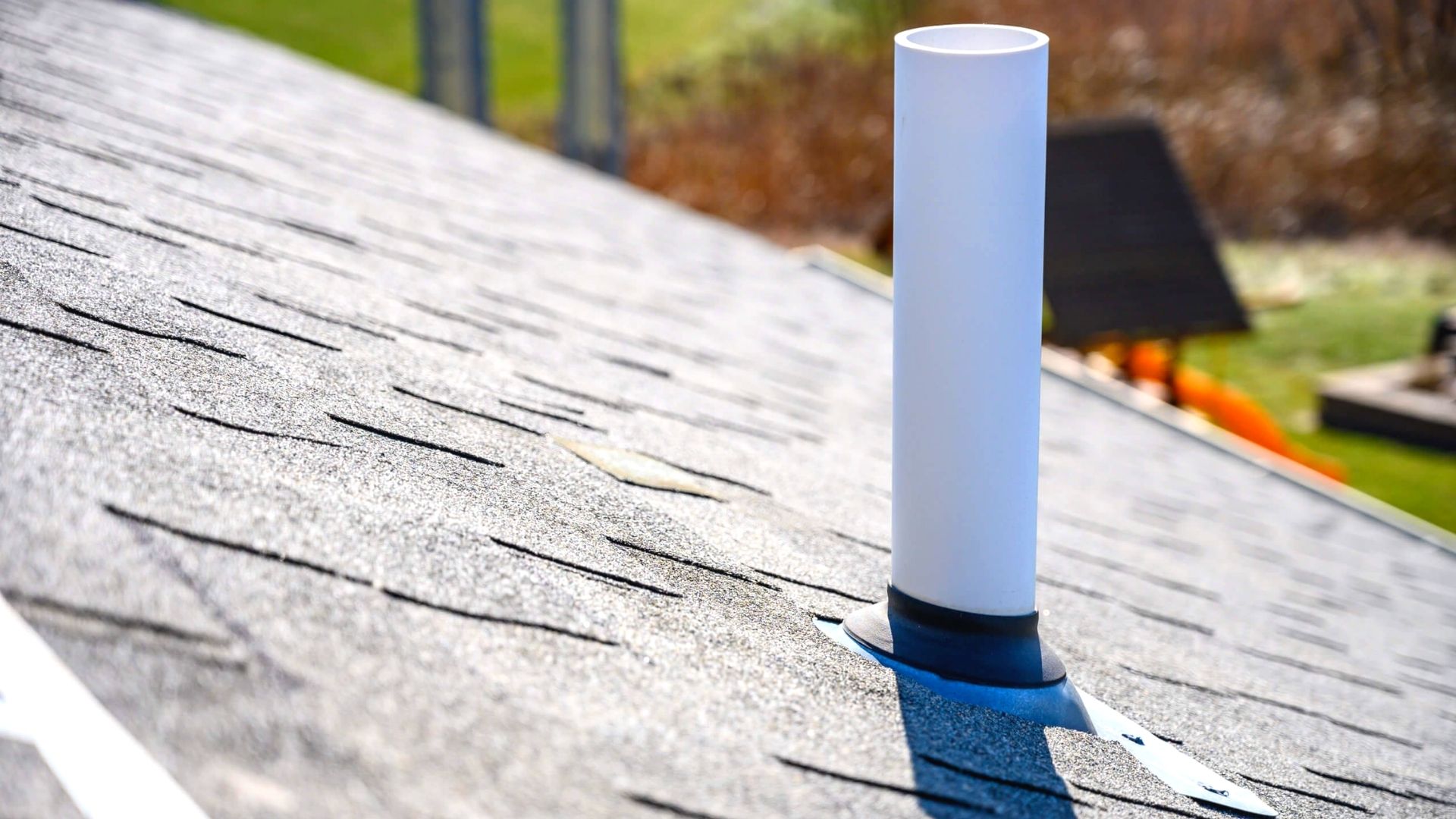Why Proper Ventilation Supports Your Plumbing System
Why Proper Ventilation Supports Your Plumbing System
Blog Article
They are making a number of good pointers related to What Are Plumbing Vents and Why Are They Important? as a whole in this post followed below.

Correct ventilation in pipes systems is frequently forgotten, yet it is important for preserving the capability and safety of your home's pipes. Air flow helps control atmospheric pressure, prevent the buildup of hazardous gases, and ensure the effective removal of waste. In this guide, we will certainly discover the importance of appropriate plumbing air flow, exactly how it functions, and the benefits it gives your plumbing system.
Comprehending Ventilation in Pipes
Ventilation in plumbing describes the network of pipelines that allow air to flow through the drainage system. These vents offer numerous objectives, consisting of managing air pressure within the pipes, avoiding sewer gases from entering the home, and aiding in the smooth circulation of wastewater.
Exactly How Ventilation Functions in Plumbing Systems
Atmospheric Pressure Guideline
Proper air flow maintains well balanced air pressure within the pipes system. When water moves through pipelines, it displaces air. Without appropriate air flow, this variation can produce adverse pressure, leading to reduce drains pipes or siphoning of water from traps, which can cause unpleasant smells to permeate into the home.
Avoiding Drain Gas Build-up
One of the most crucial features of pipes vents is to prevent sewer gases, such as methane and hydrogen sulfide, from building up within the home. These gases can present serious health and wellness dangers and are extremely flammable. Vent pipes allow these gases to escape securely outdoors.
Helping in Waste Removal
Air flow assists in the effective removal of wastewater by protecting against airlocks in the water drainage system. When air can move openly with the vents, it enables water and waste to move efficiently with the pipelines, lowering the risk of blockages and backups.
Types of Plumbing Vents
Key Heap Vent
The primary pile air vent, additionally known as the vent stack, is the key air vent in a pipes system. It expands from the primary drainpipe line up via the roofing, allowing gases to get away and fresh air to get in the system.
Branch Vent
Branch vents connect to the primary pile vent and serve private components, such as sinks, toilets, and showers. These vents make certain that each fixture has ample air flow to function effectively.
Air Admittance Shutoff (AAV).
An Air Admittance Valve (AAV) is a one-way valve that allows air to get in the plumbing system without the demand for a traditional vent pipeline expanding with the roof covering. AAVs are generally used in renovations or locations where setting up a common air vent is impractical.
Indications of Poor Ventilation in Pipes.
Slow Draining Fixtures.
If your sinks, bathtubs, or bathrooms are draining slowly, it could be a sign of poor ventilation. Inadequate air circulation can develop a vacuum cleaner result, making it difficult for water to drain correctly.
Gurgling Sounds.
Gurgling sounds coming from drains are frequently a result of air being drawn via water catches because of unfavorable stress in the pipelines. This is a clear sign of insufficient ventilation.
Undesirable Odors.
Drain smells inside your home are a warning that your pipes system is not correctly aerated. This could indicate that sewer gases are not being sufficiently vented outside, bring about possibly dangerous problems.
Usual Air Flow Blunders.
Inadequate Vent Sizing.
Using small vent pipelines can bring about inadequate air flow and stress discrepancies in the system. It's important to utilize vents that fulfill the particular demands of your pipes system.
Improper Vent Positioning.
Placing vents as well much from the components they offer can reduce their effectiveness. Proper placement makes sure that air can stream easily and efficiently via the system.
Ignoring Code Needs.
Building regulations provide details standards for plumbing air flow. Disregarding these codes can cause a system that stops working to operate correctly and might lead to pricey repair work or carcinogen.
Advantages of Correct Ventilation.
Enhanced System Effectiveness.
Appropriately aerated pipes systems operate more successfully, with fewer blockages, faster draining, and much less stress on the pipes. This performance extends the life-span of the pipes system.
Improved Air High Quality.
By protecting against sewage system gases from entering your home, correct air flow contributes to better indoor air high quality, making your living setting healthier and much more comfortable.
Protecting Against Water Damage.
Sufficient ventilation assists avoid water from being siphoned out of traps, which can lead to sewage system gases going into the home and causing water damages gradually.
Steps to Guarantee Correct Air Flow.
Consulting Pipes Codes.
Always speak with regional pipes codes when making or changing your plumbing system. These codes provide the essential standards for proper airing vent and ensure your system fulfills security standards.
Regular Inspection and Upkeep.
Regular inspections can aid determine potential air flow concerns before they become major issues. Upkeep tasks, such as cleansing air vent pipelines and checking for obstructions, are crucial for keeping the system in good working order.
Expert Setup.
For new setups or significant modifications, it's smart to hire a professional plumbing. They have the competence to make sure the ventilation system is properly created and mounted according to code.
Conclusion.
Proper air flow is an essential element of any kind of plumbing system, making certain that it functions successfully and safely. By understanding the relevance of air flow, acknowledging the signs of bad ventilation, and taking actions to preserve your system, you can avoid costly concerns and safeguard your home's air top quality.
Understanding the Role of Your Plumbing Vents in the Drainage System
The plumbing system in your home is more than just the kitchen sink, toilet, and bathroom. Some problems that arise within home plumbing are hard to detect because homeowners may not understand potential causes.
One part of the plumbing system that could cause you endless problems is the venting. The drain lines that run through your home and drain wastewater need proper venting to function properly. Faulty plumbing vents can lead to several problems that require the expertise of a plumber to check them out. Before finding experienced plumbing services, there are a few things to learn about plumbing vents.
Why vents are vital
Vents in the plumbing system lead to an outside area such as the roof or the back. The function of these vents is to keep sewer gases away from the drain pipes. They also establish seals in the drainage pipes that prevent the sucking back of waste gases into the home. Venting in the plumbing system also allows oxygen to get into the drainage system, which is an essential component in the breakdown of waste matter. The vents also ensure that the air pressure within the drainage system remains balanced, facilitating the flow of wastewater.
Possible problems
When the plumbing vents are problematic, one of the consequences is imbalanced water levels in the toilet. If you notice that the levels in the toilet bowl rise and fall all the time, then there may be something wrong with the vents.
Another issue is air bubble formation within the toilet. In most cases like these, the drain pipes are not receiving enough air. Lack of air pressure equalization is what leads to water flow problems. If you come across such issues in your home, make sure you call professional plumbers, such as the ones from Perfection Plumbing & Drain Cleaning Ltd.
Potential causes
Several scenarios can lead to some of the plumbing problems that homeowners suffer because of venting. One such scenario is the use of incorrectly sized vents. Usually, vents are the same size as the drain line to facilitate proper venting. Vents that are too small will lead to some plumbing issues. Another potential cause is fixtures that are not close enough to the vents. In this scenario, air forces itself through the traps of other fixtures, leading to gurgling sounds from toilets and sinks.
Most of these problems also happen with clogged vents. Tree leaves and debris can cause clogging when they make their way down a vent. Unclogging plumbing vents is a service that you can entrust to Saskatoon plumbers. They will know how to snake down vents and remove clogging stuck in fixtures.

We were made aware of that article about What Is A Plumbing Vent & How Do They Work? through an associate on another blog. So long as you enjoyed reading our article please don't forget to pass it around. Thanks for taking the time to read it.
Call Today Report this page